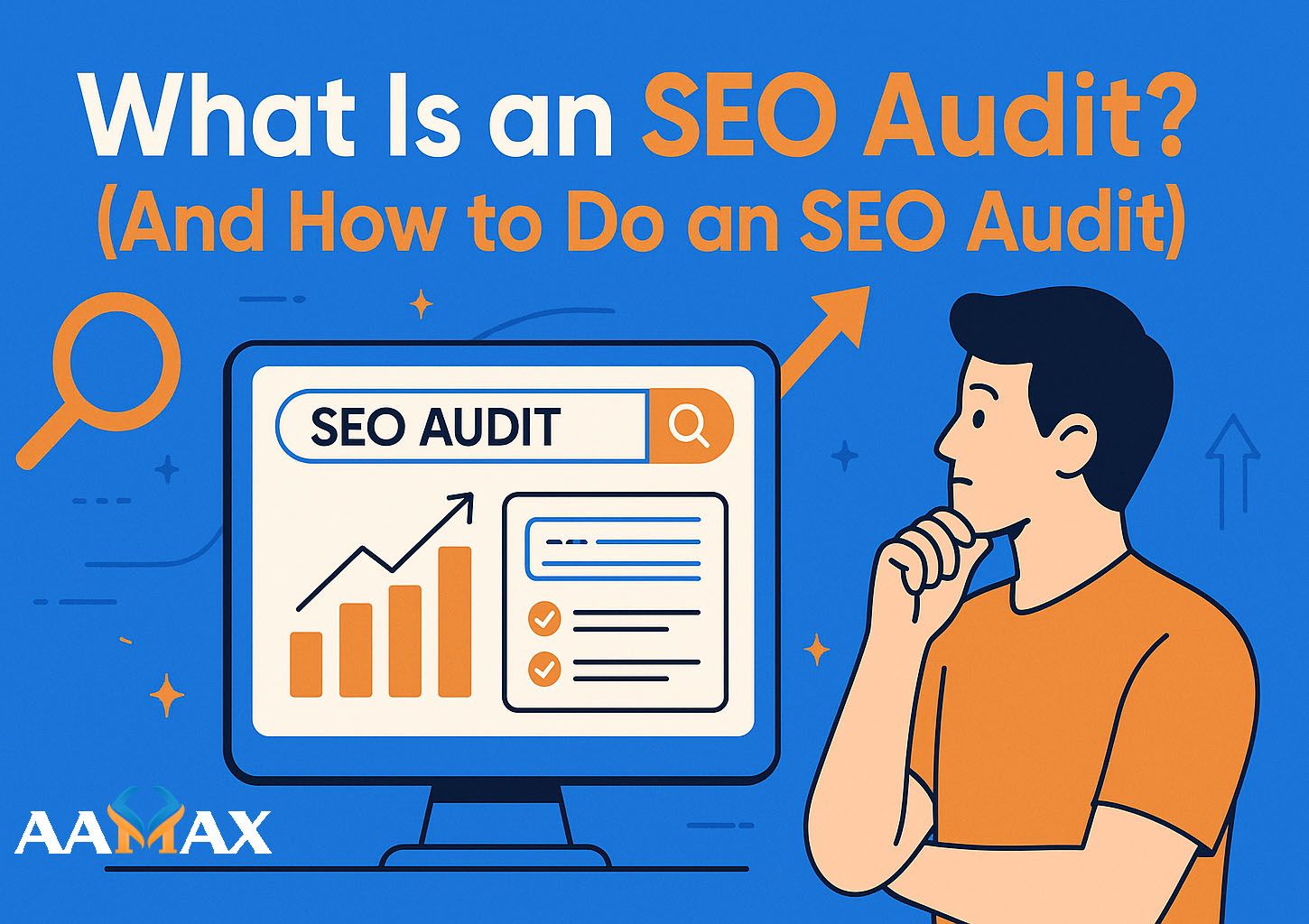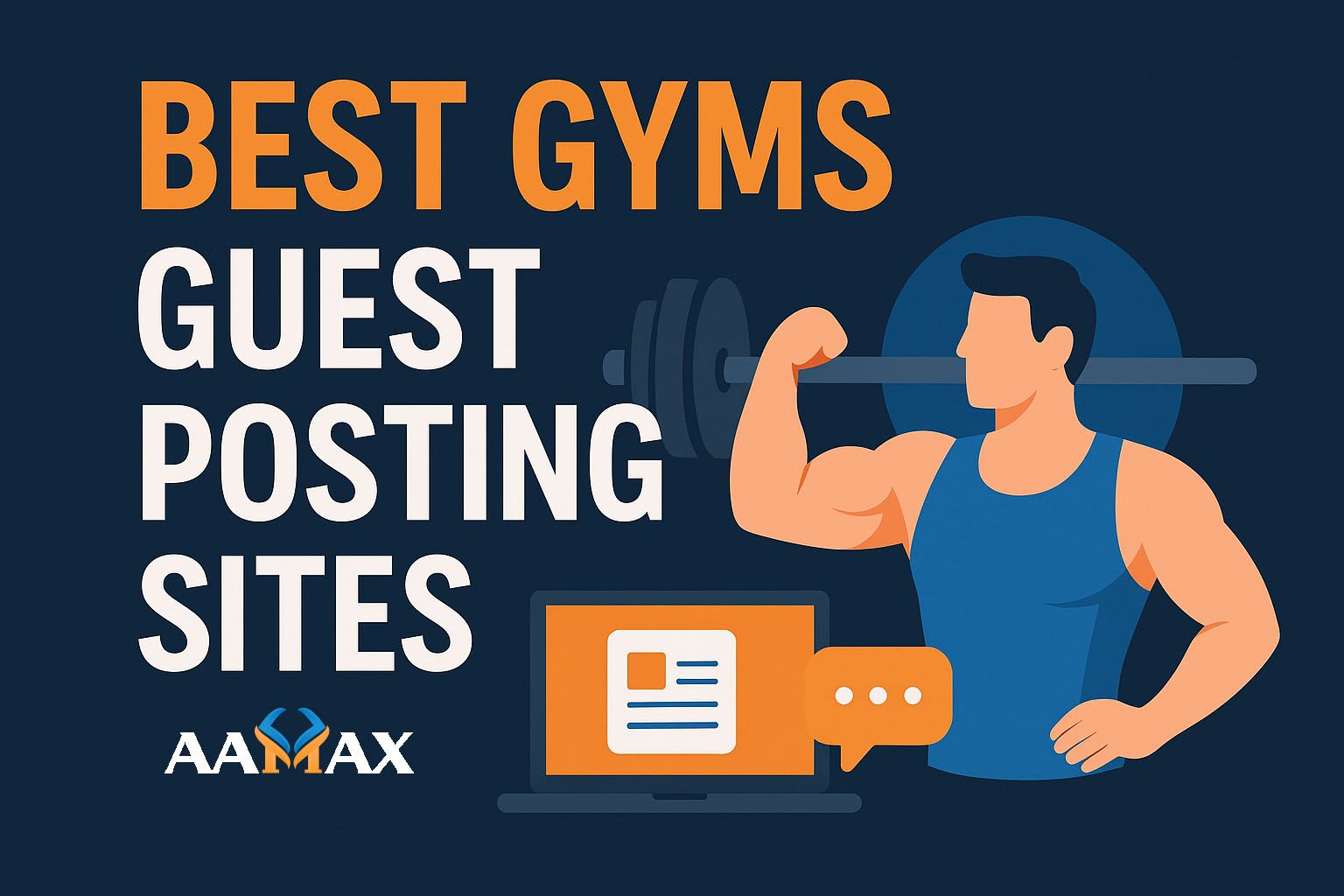
What Is an SEO Audit? (And How to Do an SEO Audit)
In the competitive digital world, visibility is everything. With millions of websites competing for attention, how do you ensure your website ranks on top? The answer lies in Search Engine Optimization (SEO)—and more specifically, in performing an SEO audit. Whether you're running a blog, an eCommerce store, or a corporate website, an SEO audit is an essential process to enhance your site's visibility and performance on search engines.
This guide explores what an SEO audit is, why it matters, and how you can perform one effectively. Whether you’re an SEO newbie or a digital marketing veteran, this deep dive will equip you with the knowledge you need.
What Is an SEO Audit?
An SEO audit is a comprehensive analysis of your website to evaluate how well it is optimized for search engines like Google. It identifies issues that could be hurting your rankings, from technical problems and on-page issues to content gaps and backlink weaknesses.
Think of it as a full diagnostic check-up for your website. Just like you wouldn’t drive a car across the country without checking the engine, oil, and tires, you shouldn’t launch a digital marketing campaign without first ensuring your site is SEO-ready.
Why Is an SEO Audit Important?
Here are a few reasons why an SEO audit is crucial for digital success:
- Improved Visibility: Audits uncover issues preventing your site from ranking on Google.
- Better User Experience: Optimized websites load faster, are easier to navigate, and provide value to users.
- Increased ROI: Fixing SEO errors can lead to higher traffic and more conversions.
- Stay Competitive: Regular audits help you keep up with competitors and evolving algorithms.
Types of SEO Audits
SEO audits can vary in scope depending on your goals. Here are the main types:
1. Technical SEO Audit
Focuses on backend elements such as site speed, crawlability, mobile-friendliness, and structured data.
2. On-Page SEO Audit
Analyzes content, meta tags, internal linking, and keyword usage.
3. Off-Page SEO Audit
Reviews backlinks, brand mentions, and external factors influencing your SEO.
4. Local SEO Audit
Assesses your performance in local search results—especially important for brick-and-mortar businesses.
5. Content Audit
Evaluates the quality, relevance, and structure of your website content.
How to Perform an SEO Audit: A Step-by-Step Guide
Now that you understand what an SEO audit is, let's walk through the steps to perform one effectively.
Step 1: Crawl Your Website
Start by using an SEO audit tool like Screaming Frog, Ahrefs, SEMrush, or Sitebulb to crawl your website. This will give you a comprehensive overview of your site structure and identify issues like:
- Broken links
- Duplicate content
- Redirect chains
- Missing meta tags
These tools simulate how search engines view your site, which is critical for identifying crawl and indexation problems.
Step 2: Check Google Indexing
You want to ensure all the important pages of your website are being indexed by Google. Here’s how:
- Use the site: operator in Google Search (e.g.,
site:yourdomain.com) - Review the number of indexed pages
- Compare this to your total page count in your CMS
Also, head over to Google Search Console and check for:
- Index coverage issues
- Pages excluded from indexing
- Crawl errors
Step 3: Assess Site Speed and Mobile Friendliness
Google emphasizes speed and mobile usability in its ranking factors. Use these tools:
- Google PageSpeed Insights: Measures site speed and suggests improvements.
- Google Mobile-Friendly Test: Ensures your site is optimized for mobile devices.
- Core Web Vitals: These metrics—LCP (Largest Contentful Paint), FID (First Input Delay), and CLS (Cumulative Layout Shift)—impact user experience and rankings.
Tips to improve:
- Use a content delivery network (CDN)
- Optimize images
- Minimize JavaScript and CSS
- Implement lazy loading
Step 4: Analyze On-Page SEO Elements
Each page of your website should be optimized with:
- Title tags: Unique and keyword-rich, around 60 characters
- Meta descriptions: Compelling summaries under 160 characters
- Headings: Proper use of H1, H2, H3 tags to structure content
- Keywords: Naturally integrated into content, titles, URLs, and headings
- URL structure: Clean, readable, and keyword-optimized
Audit these elements manually or with SEO plugins like Yoast or RankMath if you use WordPress.
Step 5: Evaluate Content Quality and Relevance
Content is still king in SEO. Use tools like Clearscope or Surfer SEO to analyze:
- Keyword usage
- Content length and depth
- Readability
- Internal linking
- Duplicate content
Also, look at user engagement metrics like:
- Bounce rate
- Average time on page
- Scroll depth
Update or remove underperforming content, and build out new pages targeting relevant keywords.
Step 6: Check for Technical SEO Issues
Here's a checklist of critical technical SEO elements:
- XML Sitemap: Ensure it's updated and submitted to Google
- Robots.txt: Make sure it's not blocking important pages
- Canonical Tags: Prevent duplicate content issues
- HTTPS: Security is a ranking signal
- Structured Data: Use schema markup for enhanced search results (rich snippets)
- 404 Pages and Redirects: Eliminate broken links and improper redirects
Tools like Screaming Frog and Ahrefs can help identify these issues quickly.
Step 7: Audit Backlinks and Off-Page SEO
Backlinks remain one of Google’s top-ranking factors. Use Ahrefs, Moz, or SEMrush to:
- Check your total number of backlinks
- Assess domain authority (DA) of linking sites
- Identify toxic or spammy backlinks
- Spot link-building opportunities
Additionally, monitor brand mentions and citations across the web. Ensure consistency in NAP (Name, Address, Phone) information for local SEO.
Step 8: Analyze Competitors
SEO isn’t just about optimizing your own site—it’s about beating your competition. Conduct a competitor audit:
- Identify their top-performing pages
- Discover what keywords they rank for
- Analyze their backlink profile
- Compare their content quality and site speed
Use tools like SEMrush or SpyFu for competitive insights.
Step 9: Review Analytics and Set KPIs
Use Google Analytics and Search Console to monitor:
- Organic traffic trends
- Top landing pages
- Conversion rates
- Bounce rates
- Click-through rate (CTR)
Set SMART SEO goals—Specific, Measurable, Achievable, Relevant, and Time-bound—to track ongoing performance.
Step 10: Create an SEO Action Plan
After gathering all this data, it’s time to take action. Prioritize your tasks by:
- Quick wins: Fix meta tags, compress images, correct redirects
- Mid-term tasks: Update and expand content, improve internal linking
- Long-term goals: Acquire high-authority backlinks, launch content campaigns
Document your strategy in a spreadsheet or SEO tool and track improvements monthly.
Common Tools for SEO Auditing
Here are some essential tools that make SEO audits easier and more effective:
- Screaming Frog – Site crawler
- Ahrefs – Backlink and keyword research
- SEMrush – All-in-one SEO suite
- Google Search Console – Performance and indexing data
- Google Analytics – Traffic and behavior tracking
- PageSpeed Insights – Site performance analysis
- Moz Pro – Domain authority, on-page optimization
- Surfer SEO – Content optimization
How Often Should You Do an SEO Audit?
SEO is not a one-time task. It should be a regular part of your digital marketing workflow.
- Monthly: Check key metrics in Search Console and Analytics
- Quarterly: Perform a mini audit (speed, indexing, keyword changes)
- Annually: Conduct a full SEO audit covering all technical and content aspects
Why Hire Professionals for Your SEO Audit?
Performing an SEO audit in-house can be overwhelming and time-consuming. It also requires in-depth technical knowledge and access to premium tools. For businesses aiming for maximum ROI, it often makes sense to hire an expert team.
That’s where AAMAX comes in.
AAMAX is a full-service digital marketing company specializing in Web Development, SEO, and Digital Marketing services. Whether you're a startup or an enterprise, AAMAX delivers results through advanced SEO audits, strategic planning, and proven optimization techniques. With their help, you’ll get a detailed action plan to fix current issues and outperform competitors in your industry.
Final Thoughts
An SEO audit is your roadmap to better search rankings, improved user experience, and higher conversions. Whether you’re just getting started or trying to scale your traffic, performing regular audits ensures your site stays optimized and competitive.
Start your SEO journey by analyzing your website with the steps above—or skip the guesswork and let a team of professionals handle it for you. Partnering with experienced SEO experts like AAMAX can save you time, eliminate technical headaches, and drive real business growth.
Need help with your SEO? Contact AAMAX to get started with a professional SEO audit and full-scale digital marketing services today.







